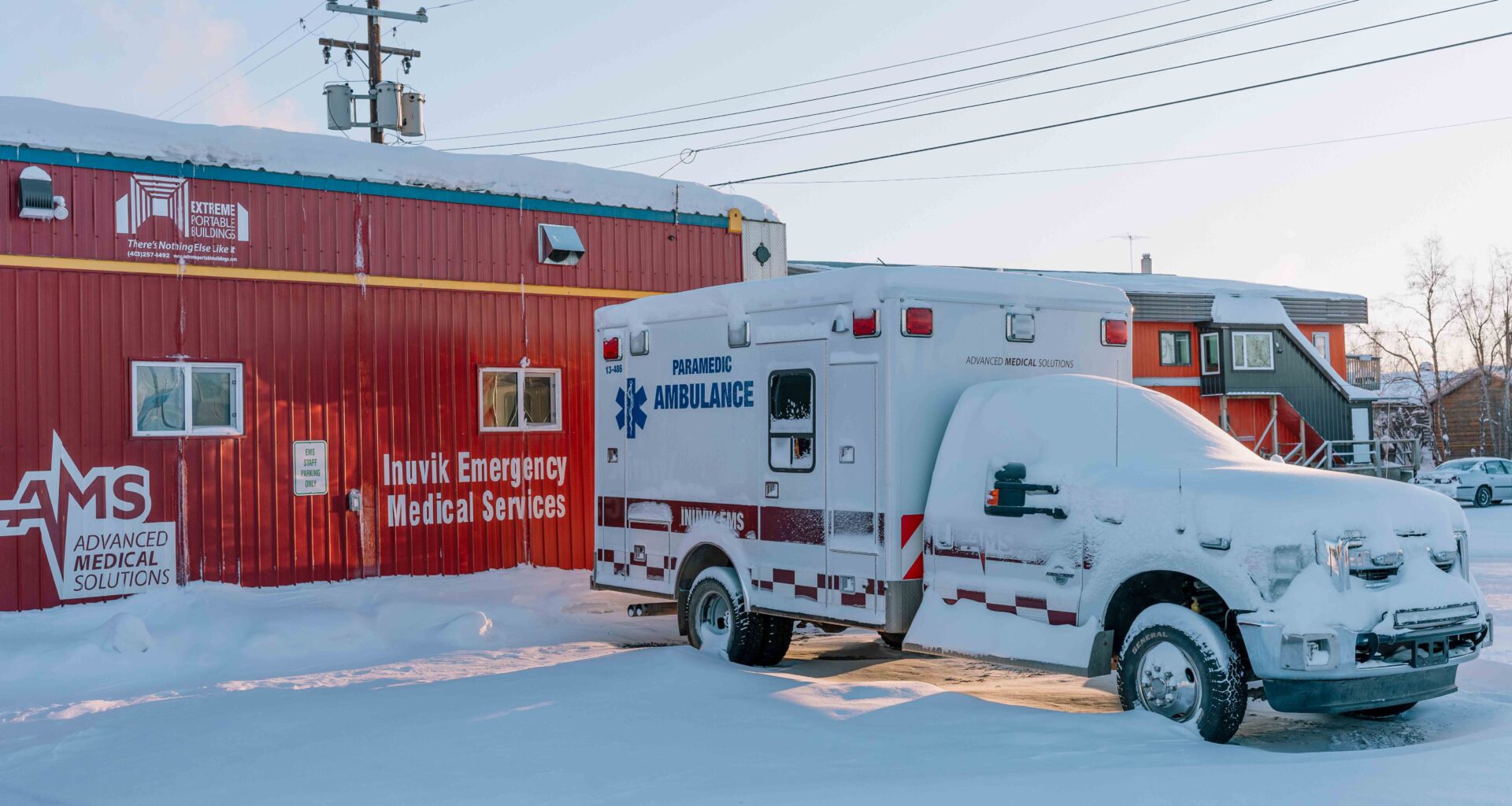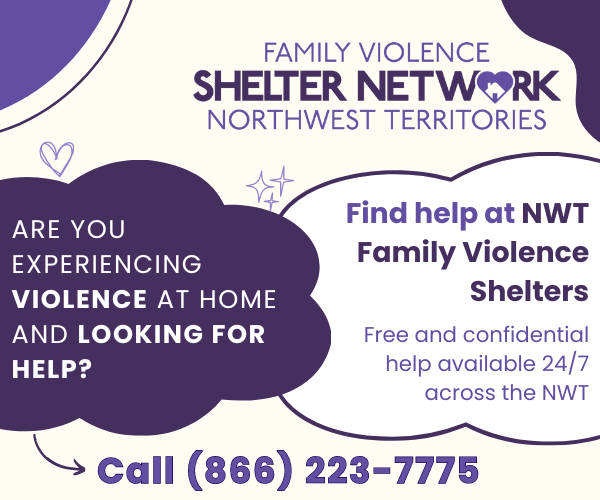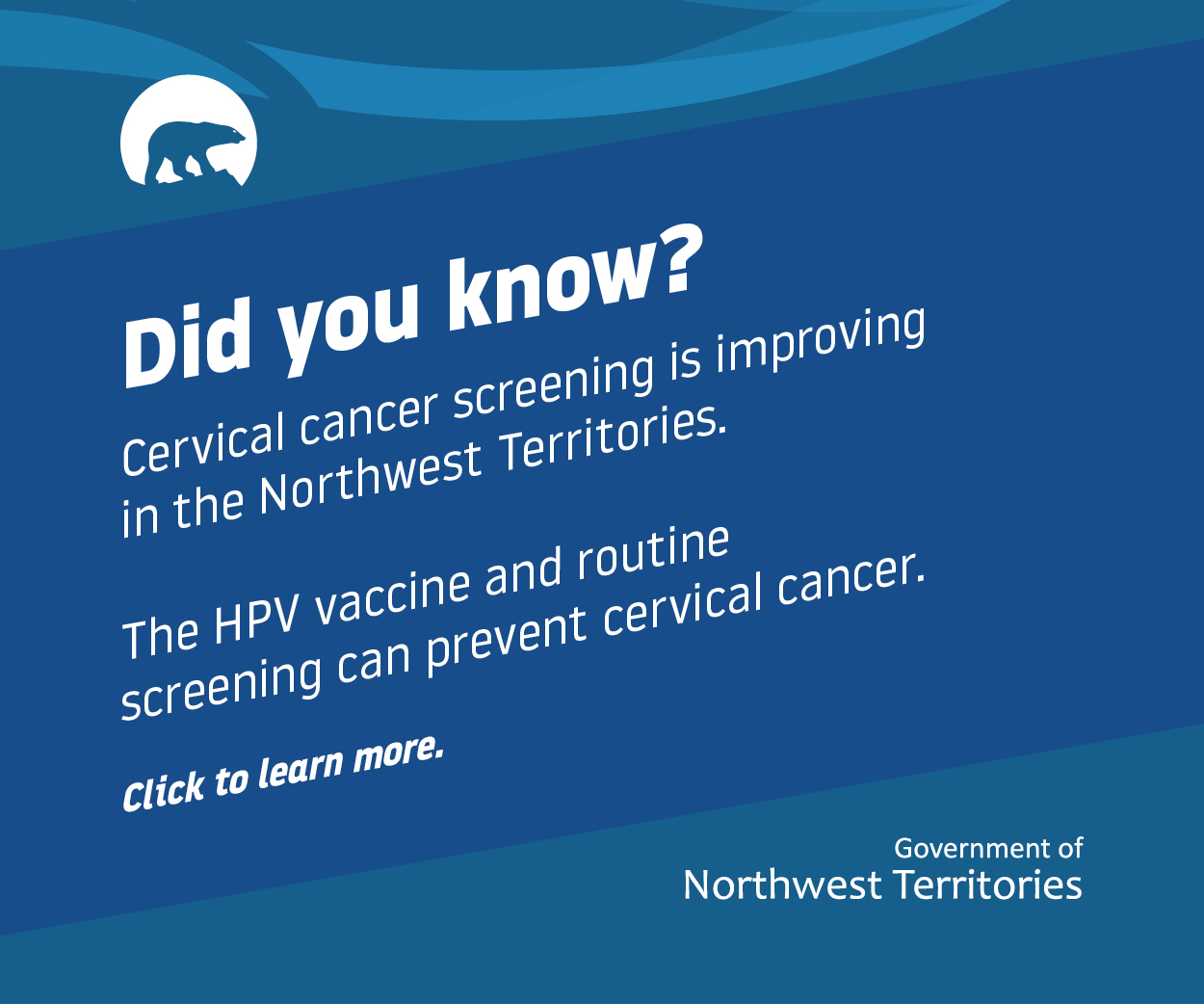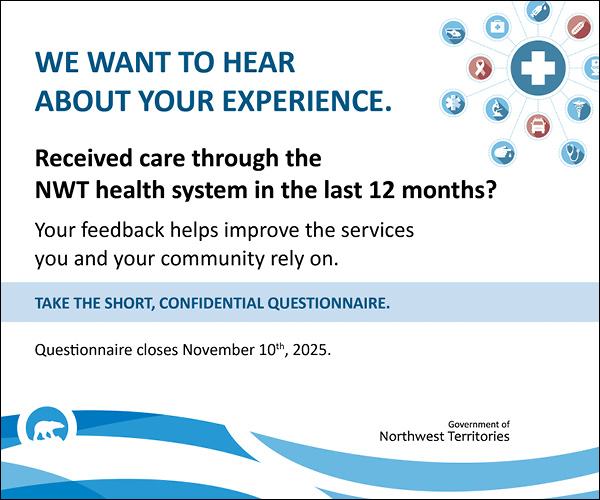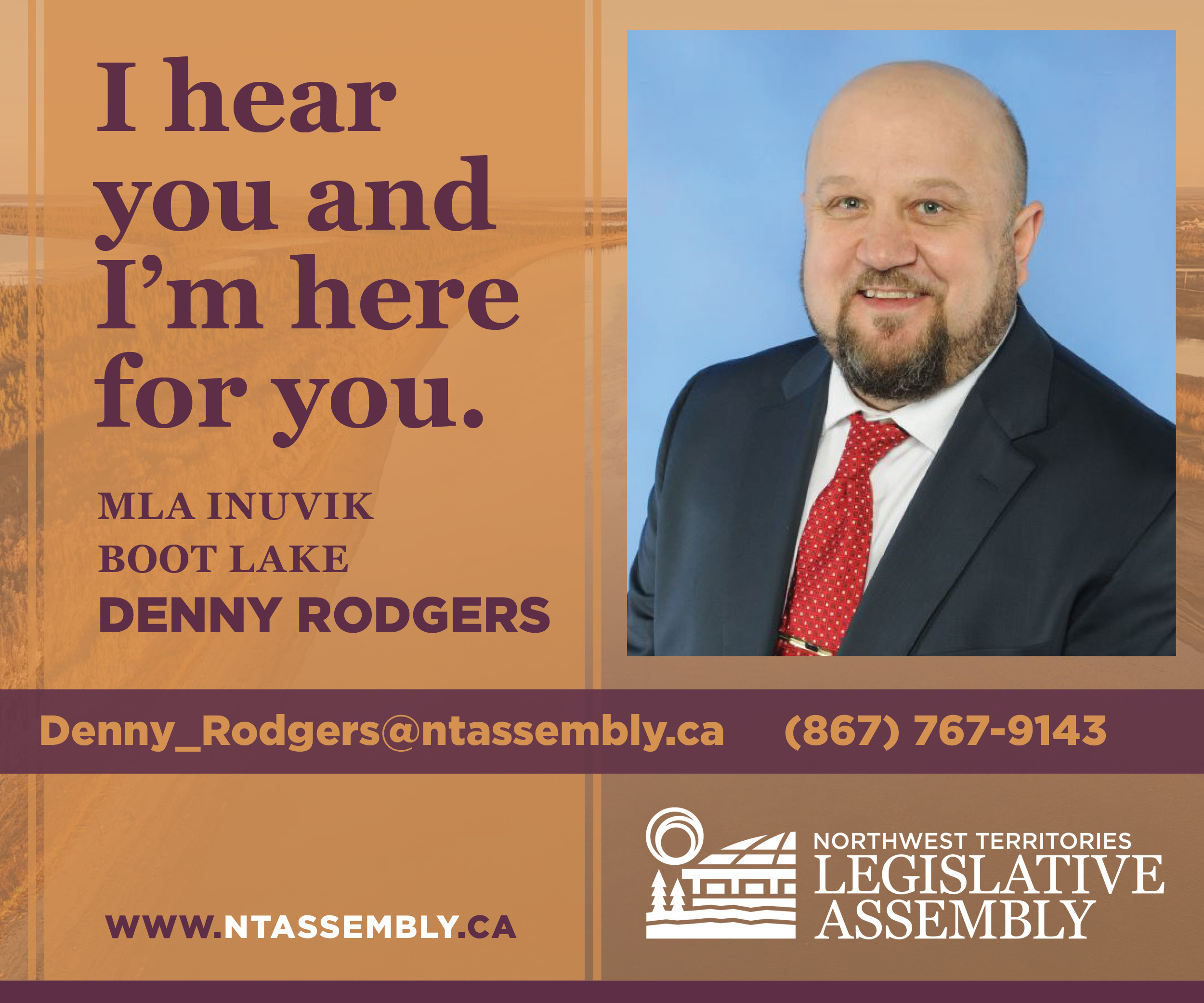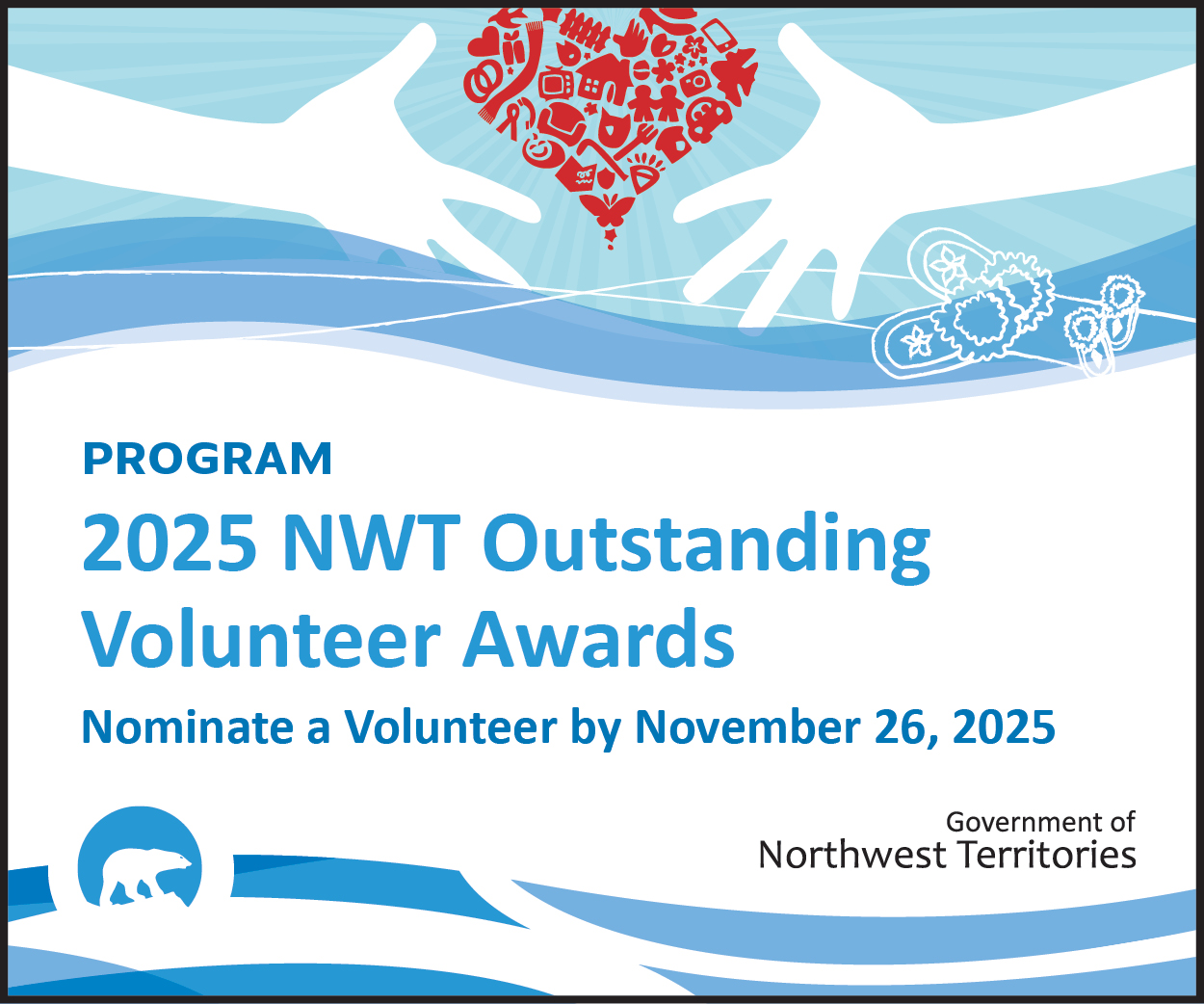“Community health nurses are back-footed the moment they arrive and spend their entire contract digging out of a six-foot deep hole that they did not personally create for themselves.”
Meet Carter. Carter is a nurse currently working in a Northwest Territories community. That’s not their real name, which we can’t use as they fear losing their job if health authority managers identify them. We can’t name the community they work in as it would give them away.
Carter comes from a younger generation than some of the healthcare workers you’ve heard from in this series.
Carter thinks there are solutions to some of the problems we’ve highlighted over the course of four articles examining what happened to Jennifer Patterson, the Fort Resolution nurse-in-charge who was driven from her job when the community’s MLA began a campaign against her.
In part one, we looked at existing tensions between some Fort Resolution residents and its health centre. Part two focused on how those tensions made news headlines. Part three explored an investigation into Patterson’s conduct that the health authority launched after MLA Richard Edjericon called for her to be fired.
Part four set out a labour arbitrator’s indictment of that investigation, which cleared Patterson on all counts.
This is the final installment (though Cabin Radio will track developments related to the case). Here, Carter and others with experience in the field will set out two key changes that they think might help avoid a similar crisis in future.
Later in this article, the NWT government will tell us that one of those changes, at least, may be addressed soon.
“What transpired in Fort Resolution was deeply unfortunate and has provided an important learning opportunity,” said NWT health minister Lesa Semmler, a former nurse, in a statement to Cabin Radio.
“I know first-hand the pressures and challenges healthcare workers face – especially in small and remote communities, where mobility issues, limited staff and resources, and heightened demands can make the work particularly difficult.”
 Health minister Lesa Semmler. Aastha Sethi/Cabin Radio
Health minister Lesa Semmler. Aastha Sethi/Cabin Radio
Semmler said she visits small communities to hear from front-line staff and residents about their concerns, and also to “help ensure there is clarity about what health centre staff can and cannot do under GNWT policy” – a concern brought up time and again in this series.
“Gaps remain in meeting the needs of small communities. That is why we are looking at new ways to strengthen partnerships with Indigenous Governments and other GNWT departments, so we can work together to fill those gaps and support residents more effectively,” Semmler wrote.
“I am committed to advancing culturally informed practices in healthcare and to fostering relationships built on trust and respect with communities across the territory. It is critical that we listen closely to the concerns of healthcare workers and respond meaningfully to the pressures they face.
“At the same time, I expect all healthcare professionals in our system to take responsibility for learning about Indigenous cultures, practices, and approaches to relationship-building.”
Not every problem documented in our series will be explored here.
There is deep-rooted trauma in many NWT communities that an amended policy or fresh legislation alone will not cure, and there are disconnects – and bonds – between employees and residents that only form on a case-by-case, relationship-by-relationship basis.
But Carter thinks there are places the NWT government can start.
“We need a ‘plan A.’ A real plan A,” Carter said.
What should Plan A be?
Plan A, according to Carter, is: “Paramedics that are stationed in every health centre who work within the team dynamic during the clinic hours, and who attend the scene to retrieve patients with the assistance of RCMP to maximize safety.”
And if the NWT cannot figure out how to place paramedics in each community, Carter said, the territory should abandon the policy that forbids nurses from leaving the health centre to attend emergencies.
In place since 2019, that policy proved central to the Patterson case. Multiple residents described feeling at best personally slighted, and at worst horrified, when nurses refused to come and help a seriously ill relative at their home.
Some nurses, who noted they were following a policy designed to keep them safe, have nonetheless said they understood this frustration whenever it arose.
The basic outcome of no ambulance service and no nurses able to leave the health centre is that some medical emergencies take place with no expert assistance readily available, and residents run the risk of being left on their own – or with help only by phone – to do what they can for relatives or themselves.
Some residents of smaller communities have made the point that this is not tolerated, as a system, in larger and predominantly non-Indigenous towns and cities.
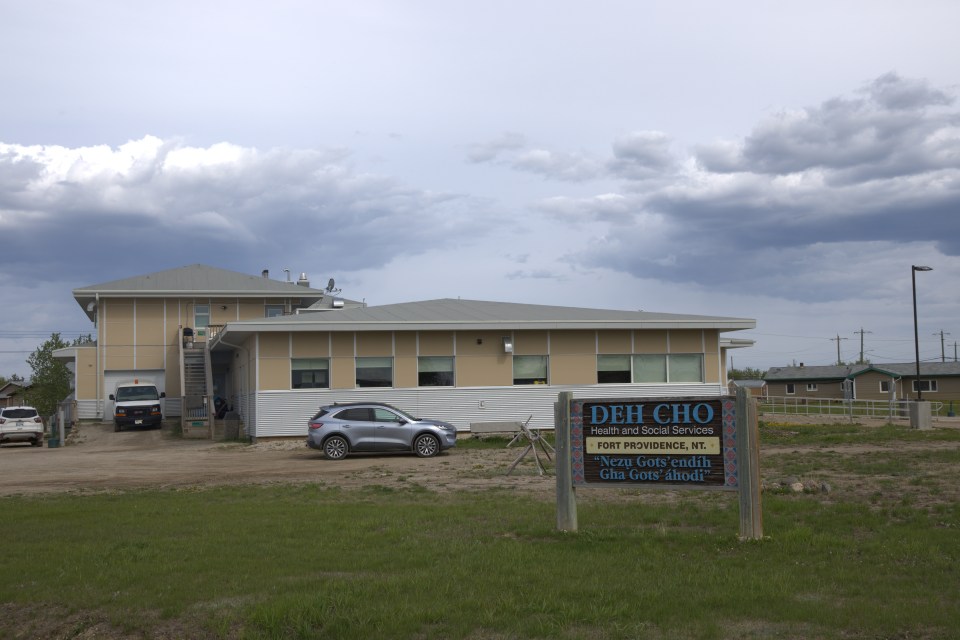 The health centre in Fort Providence. Emily Blake/Cabin Radio
The health centre in Fort Providence. Emily Blake/Cabin Radio
“There are so many nurses who don’t want to come back or can’t come back because they get into a situation like this and the town reacts badly – as they’re going to, because they’re in a crisis moment and being told no,” said Carter.
“And then we can’t repair the relationship, because this policy impedes us from being able to repair the relationship.
“Every nurse has the right to stand behind that policy. I don’t think Jennifer Patterson did anything wrong. I just know that I come at life from a different perspective.”
Carter works around the policy.
For example, if RCMP are attending a home, Carter will offer to bring a stretcher to the police – which does not technically qualify as a home visit – then switch to being a “volunteer” rather than a nurse, going into the home in a personal capacity.
“I’m very by-the-book for 90 percent of the things but in these situations, you’ve got to bend. You have to be flexible. You have to find a way to get around these things so that people know you’re there.”
Can the NWT figure out ambulances?
We’ll come back to the question of that policy, why some nurses break it and others don’t, and whether it should be scrapped.
The policy would be less of a central factor if the NWT and its communities were able to provide transportation to the health centre that did not involve nurses.
Some form of ambulance or paramedic service was by far the number-one suggestion not only from healthcare workers who spoke with Cabin Radio, but also from residents in Fort Resolution. Edjericon, the MLA, had brought it up in news articles and in the legislature, as had his predecessor in the role, Steve Norn.
“Even the smallest little rinky-dink town in Saskatchewan has ambulance attendants. Even in northern BC, they have people who are trained to basically do first aid, drive a truck and do some CPR,” said Carter.
“The communities aren’t set up to support an ambulance service of any kind,” said Barbara Bryant, a veteran nurse with more than two decades’ experience in the NWT. “It’s a problem, and that one thing makes the pot boil over.”
In the past, the NWT government has been clear that it considers provision of ambulance service – or anything like it – to be a community’s responsibility, and the GNWT has said communities get funding with this in mind (but are not mandated to provide the service).
While the Department of Municipal and Community Affairs repeated that in a statement this week, the department also said the GNWT is now working on ways to address this issue.
“As we recognize that most communities in the NWT cannot sustain ground ambulance or highway rescue services, Maca and the Department of Health and Social Services are working on a pre-facility transport model,” stated Alice Twa, a spokeperson for Maca.
“Exact details on how a pre-facility transport model could function have not been finalized but, broadly speaking, this service would help transport residents in communities without ground ambulance services to their local health centre.”
According to Twa, Maca has previously engaged with community and Indigenous governments about this kind of service “and much of the feedback is guiding the proposed approach to pre-facility transport.”
No timeline was provided for the introduction of such a service.
A territory-wide rollout of a plan to get residents to health centres would be transformative. Currently, only five communities have ambulances to do that job: Yellowknife, Hay River, Inuvik, Fort Smith and Fort Simpson.
‘This policy creates inequality’
Carter’s view of the so-called “no house calls” policy for health centre nurses is clear: when needs must, the policy goes out the window.
They are not the only nurse who described that approach to Cabin Radio. Multiple nurses said they find ways around the policy at least occasionally.
The practical impact of some nurses working around the policy and others (like Jennifer Patterson) rigidly following it is chaos.
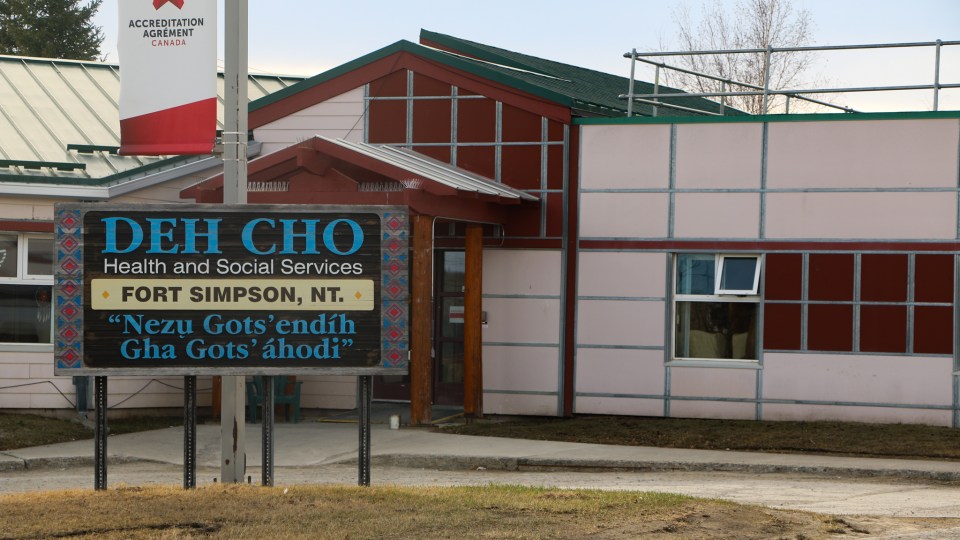 Fort Simpson’s health centre in May 2023. Megan Miskiman/Cabin Radio
Fort Simpson’s health centre in May 2023. Megan Miskiman/Cabin Radio
Bryant described arriving in an NWT community where, in her words, “the previous nurse-in-charge had traipsed around the community all the time.”
“She’d do after-hours and do home visits, and she set that community up for absolute failure,” said Bryant, because there was no guarantee that future nurses would similarly set aside the health authority’s policy, creating an inevitable conflict.
Still, Bryant understands why the policy was introduced.
“Historically, when I first started working in the North, we did help get people to the health centre. But it’s not always safe. You don’t know what you’re walking into, and so it is the best policy for us not to leave the health centre,” she said.
But at the same time, she said the policy – married to the lack of ambulance service – had “really set the nurses up for difficult, difficult experiences.”
Carter said if the GNWT’s “pre-facility transport” plan does not pan out, and if the health authority’s policy stays in place, nurses will be the ones who are caught in the middle.
“Sure, nurses in the south don’t go into homes, but they have a failsafe – they have paramedics, they have RCMP, they have fire. They have three different organizations that can go into homes,” Carter said.
“We have none up here. So if we recognize that a policy is racist – not intentionally, just in the lack of equality based on what is happening in the North and what is happening in the south – then that policy is meant to change.
“I think we can resoundingly, across the board, decide that this policy creates inequality for people living in the North.”
The health authority has given no indication that the policy is up for discussion.
Who else should learn?
The labour arbitrator, Amanda Rogers, made plain the health authority’s need to improve its management of situations like the one that unfolded in Fort Resolution.
There is real bitterness among some healthcare workers at the authority’s approach in the Patterson case. Even the spouse of one nurse wrote to Cabin Radio to complain about the effect of a “systemic issue within the management of the health authority” on their partner and the profession.
The health authority’s statement to Cabin Radio after the arbitrator’s ruling in Patterson’s favour read: “The NTHSSA appreciates the effort that has gone into this arbitration process and recognizes the commitment made by all parties involved in facilitating a fair and respectful resolution and we have accepted the adjudicator’s findings and recommendations.
“While this experience has not been without its challenges, it has provided valuable perspective and several important lessons. Moving forward, we are committed to applying these insights to prevent similar challenges across the organization.”
If MLAs initially had a clear lesson from the reprimand and fine issued to Edjericon for his part in events (some healthcare workers said they found his $2,500 fine to be insufficient), that lesson may now be more complicated.
More recently, another MLA – Shane Thompson – was exonerated by the same integrity commissioner, David Phillip Jones, over a case that has similarities to this one.
Thompson had been trying to have a school principal fired in Fort Simpson, a community he represents in the legislature.
Jones cleared him of breaking the code of conduct, not least because Thompson had for the most part lobbied for the principal to be fired using his personal email account and acting in a personal capacity. Only when he used his legislative email address and headed notepaper did Jones find fault.
Though the cases are by no means identical, that conclusion suggests Edjericon’s fate might have been different had he used a Hotmail account to campaign for Patterson’s firing rather than expressly doing so as an MLA.
“People who are MLAs are entitled to have personal and private lives, and are entitled to express their opinions in their personal capacities. Being elected an MLA does not deprive one of one’s personal and private life,” Jones wrote in a report published earlier this month.
Not a nurse but a community member
In Fort Resolution, while one resident said things are “about the same now” as when Patterson worked at the health centre, two others reported progress.
Staffing at the health centre is understood to have stabilized after trouble attracting employees in the immediate wake of Patterson leaving the community.
Across the NWT, though, four nurses each described the sensation that without change, a Patterson incident could happen again either in Fort Resolution or elsewhere.
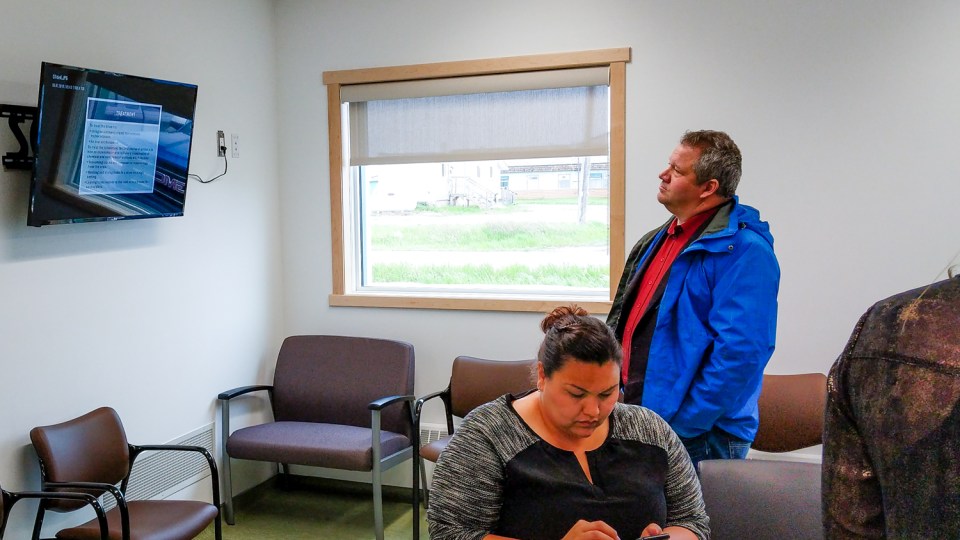 Then-health minister Glen Abernethy studies a screen inside Fort Resolution’s health and social services centre in June 2018. Ollie Williams/Cabin Radio
Then-health minister Glen Abernethy studies a screen inside Fort Resolution’s health and social services centre in June 2018. Ollie Williams/Cabin Radio
This series has mostly dealt with nurses and community members as though they were distinct groups.
Patterson, for example, worked a six-week shift pattern in Fort Resolution. Nurses who spoke with Cabin Radio said that pattern is common: six weeks in the community, six weeks living somewhere else.
One nurse, however, described spending a significant period living full-time in the small community they served and the trust that built over time – trust that overcame the “no house calls” policy and lack of an ambulance.
“The first two months that I was there, I think I sat on my kitchen floor and cried every night. I didn’t know what the hell I was doing there. It was so hard. I didn’t know anybody,” they said. (The nurse requested anonymity to discuss details of their employment.)
“But then the days got longer, I started digging out of the hole, and it was a completely different environment. It was a completely different space,” the nurse continued.
“I lived there. I had dinner at people’s homes. I was part of the community. I was invited to sewing groups. I participated in traditional games.
“And if I went to the store, it wasn’t just like, ‘Oh hey, it’s the nurse, can you look at this rash while you’re here?’ I wasn’t just the nurse. I was a community member.”
Contact us
If you have been affected by the issues raised in this series, we would like to hear from you.
You may wish to express agreement or disagreement with the changes suggested in this article. You may have an experience related to those we’ve reported on over the course of the series. You may have a suggestion for future coverage.
Please use the form below to contact our reporter.
Related Articles

